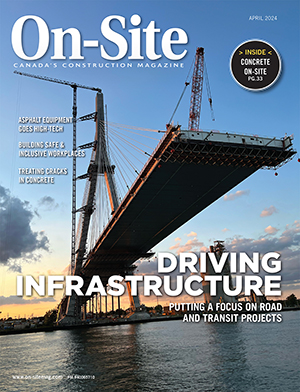
As total cost of ownership (TCO) and asset performance certainty (APC) continue to gain momentum within the asset procurement sector, there’s a greater focus on creating value by more thoughtfully integrating the key phases of an asset’s life: design, finance, construction, and maintenance and operations. Out of these four phases, many experts believe the greatest risk comes from the strategy chosen to procure design and construction. This is largely the first decision any asset owner must face.
The two primary options are:
– Design-bid-build or DBB (also known as design tender or traditional): The owner of the asset procures the design separately from the construction (design first and then tender for construction of the design); and
– Design-build or DB: The owner of the asset procures the design and the construction from a single entity.
Both options have their advantages and disadvantages. Some believe the DBB model gives the owner impartiality, fairness and cost effectiveness. Others believe DBB creates an adversarial model whereby the pillar of design will fight with the pillar of construction, and the owner will lose (what appears to be a lower-cost procurement model can cost the owner through dispute and lifecycle defect costs). Whichever model you choose, somebody is going to be procuring the design and somebody will be integrating that design into labour and material in order to create the asset. Today’s topic isn’t about which procurement model is ideal, but design procurement practices that will help either model to succeed.
Whether the asset owner is procuring the design, or the builder has entered into a DB contract and is procuring the design, the strategies chosen during design, procurement and integration of that design into construction are vital to success. The following represent some strategies to think about when procuring and integrating design, whether you are the owner or the builder.
Designer prequalification: Today’s construction economy continues to drive towards better counter-party risk assessment. Though the prequalification process appears to be focused on owner’s prequalifying builders and builders prequalifying subcontractors, it should also include owners and builders prequalifying their design partners. Some areas of focus should include: a) designer’s history, b) organizational structure, c) limitations of liability and insurance, d) financials, e) references, f) office visits, and g) culture and philosophy.
Quality assurance/quality control integration: Solid QA/QC practices require better integration between design, contractor and subcontractors. Does your project have a best-in-class plan around QA/QC? It all starts with design, and sound QA/QC strategies will ensure proper payment processing, early warning on faulty design and/or workmanship, and reduction in operational defects.
New delivery models: some of the new delivery models are focusing on greater collaboration between design and construction (and in some cases operations). This includes design-build, public private partnerships and integrated project delivery. Even incorporating some of the strategies used in these models can lead to greater likelihood of success with your project.
3D modelling (or building information modelling/BIM): technology such as BIM can lead to more effective integration of design into labour and materials (ie. ensure buildability).
Total cost of ownership (TCO) strategy: Are you adopting a TCO framework to develop your asset? If so, does your design partner have TCO experience and data to assist you in your procurement?
Modular construction: New strategies like modular construction (construction of portions of the asset off-site and away from project risk) can reduce risk and improve design-build risks.
These represent just a few design procurement strategies that could improve likelihood of success for the procurement of your asset. Though design procurement strategy (DBB or DB) is vital to success, so too are the practices used when converting design into construction.
David Bowcott is senior vice-president, national director of large/strategic accounts, AON Reed Stenhouse Inc. Send comments to editor@on-sitemag.com.




